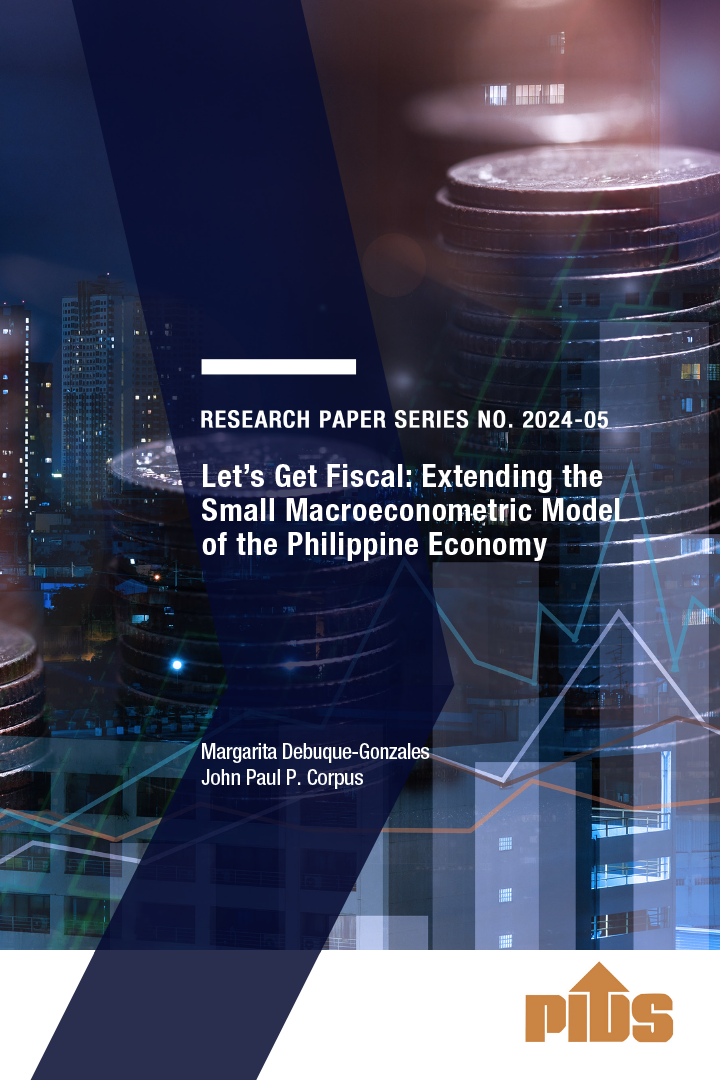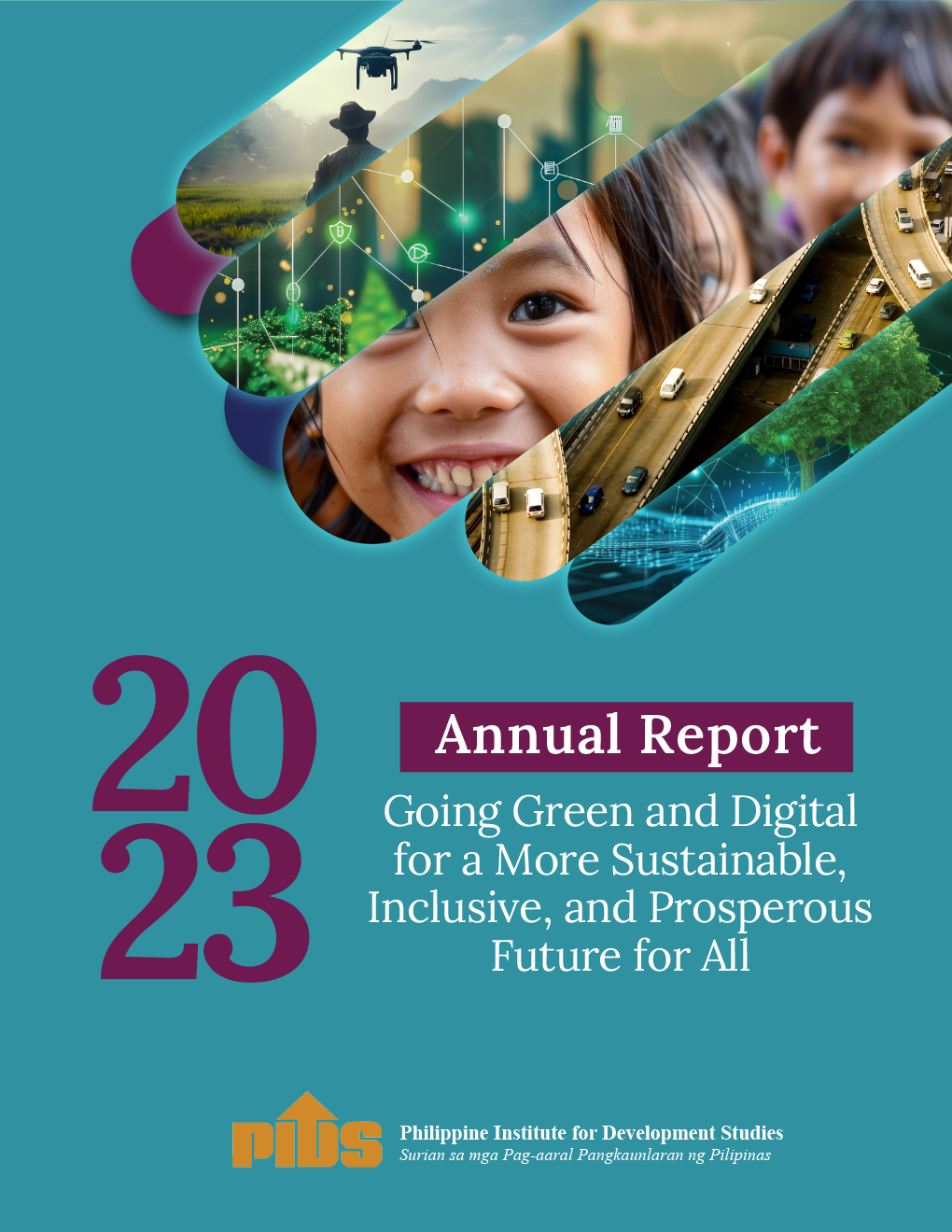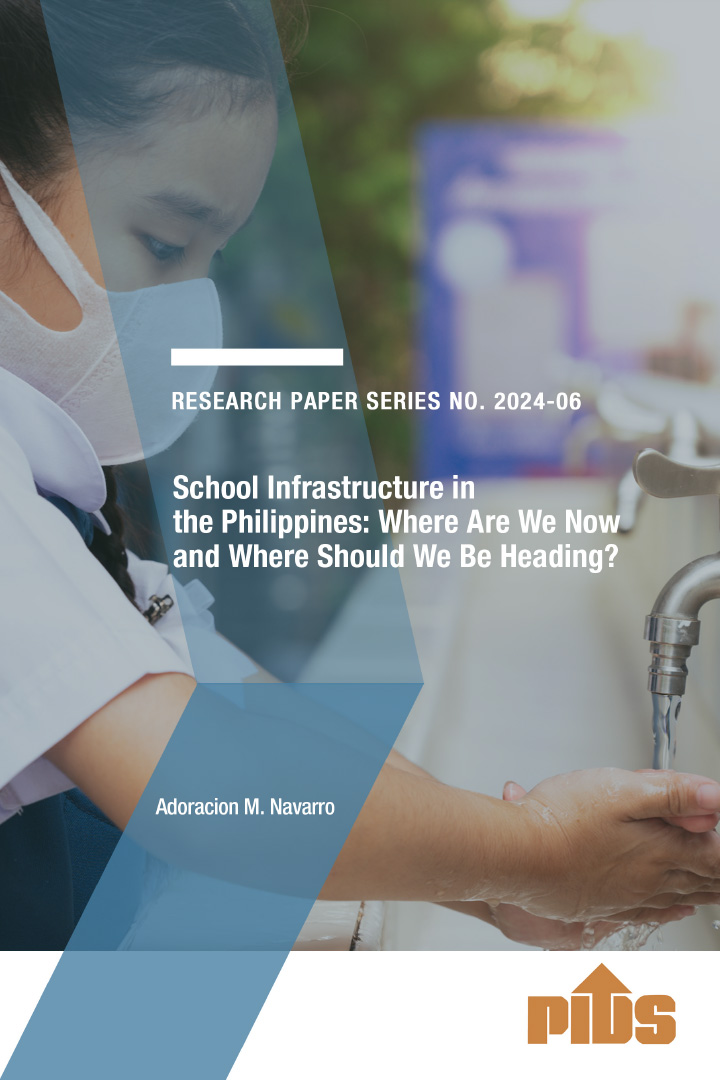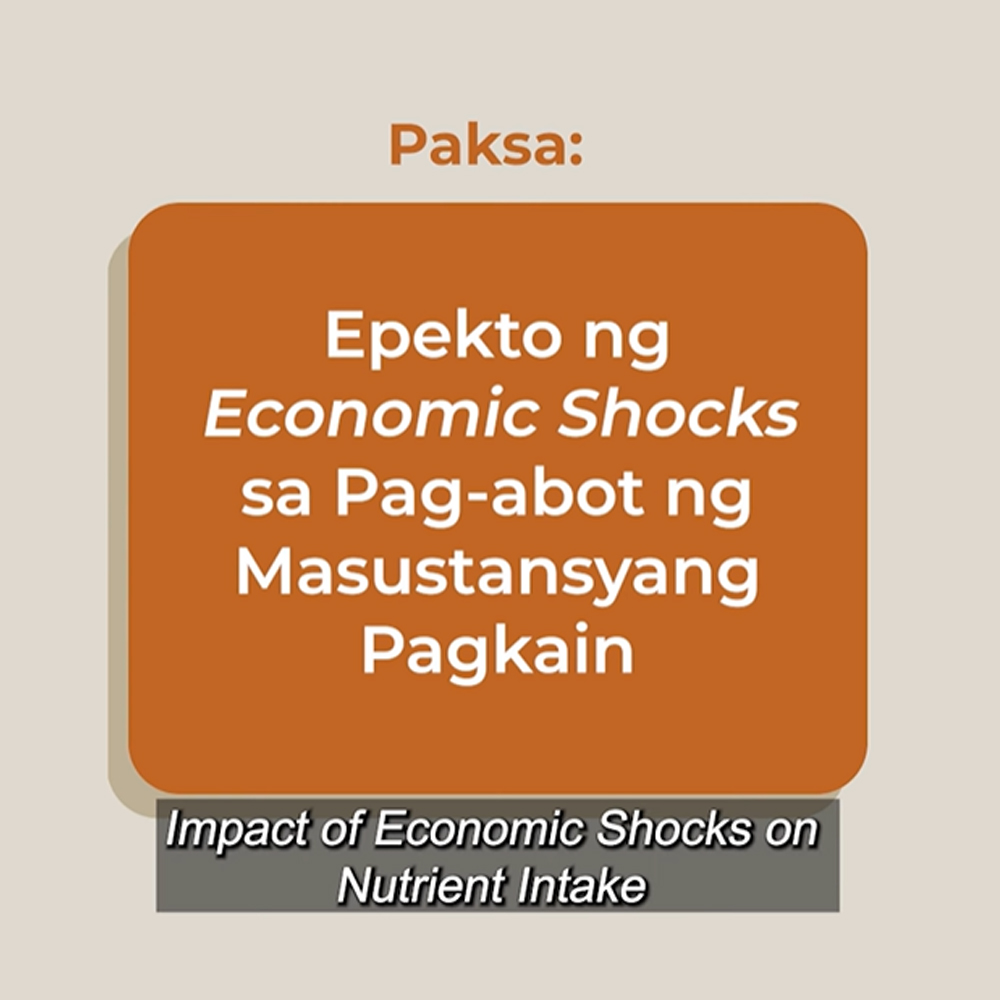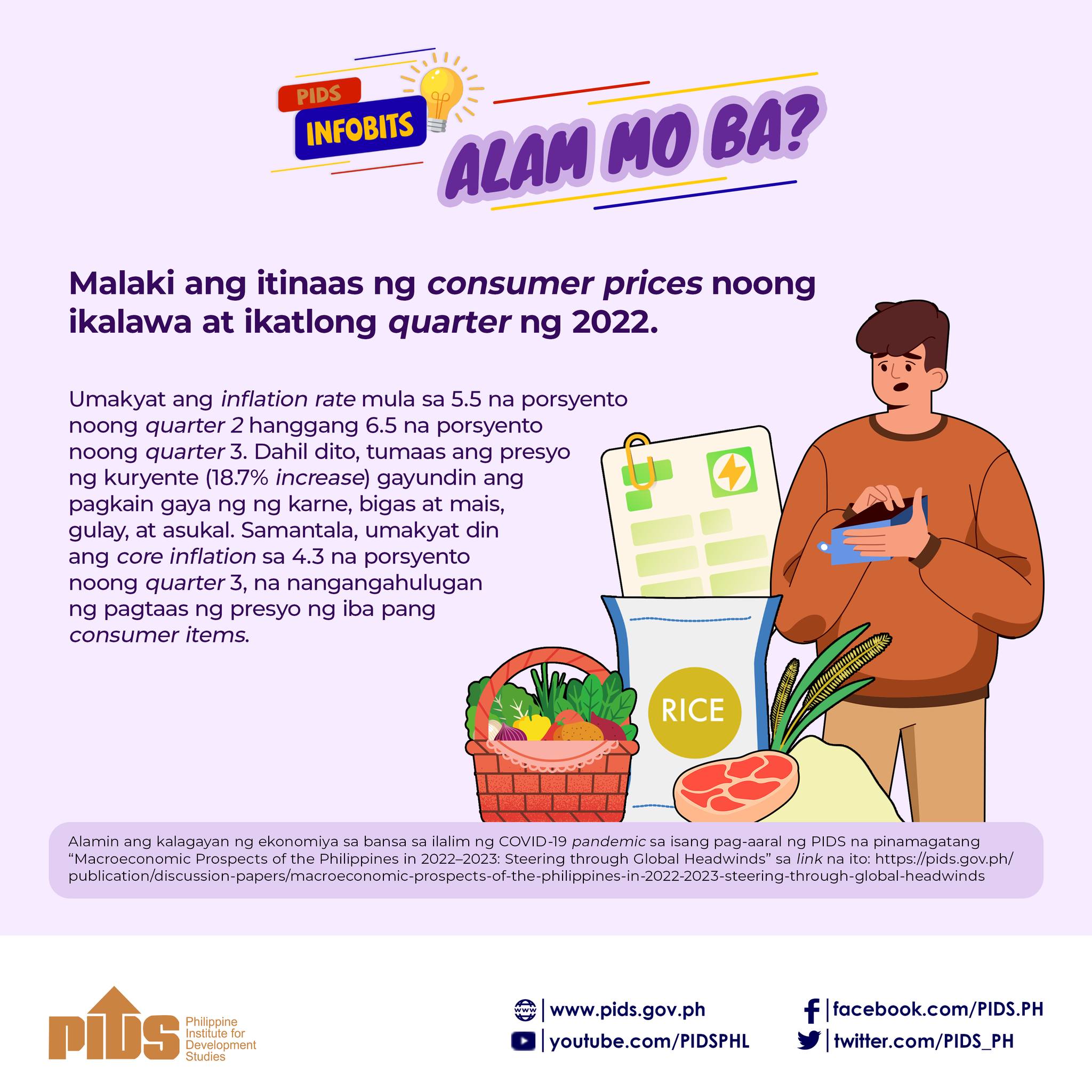REDUCING the cost of food is one of the key measures that will allow the Philippines to eradicate extreme poverty by 2030, the primary target under Goal 1 of the Sustainable Development Goals (SDGs).
This is because the poorest Filipinos are very sensitive to food prices, University of the Philippines School of Statistics Dean Dennis Mapa said in a forum on Wednesday.
Mapa said this can be explained by the difference in the inflation felt by all households and the inflation experienced by the bottom-30 percent, or the poorest Filipinos.
"Price increases affect the poor households the most. Dr. [Cielito]Habito mentioned that inflation rate has been low now; that’s good news. But, actually, if you really want to look at the welfare of the poor, you have to look at the other inflation rate,” Mapa added.
The other inflation rate that Mapa referred to is the Consumer Price Index for Bottom 30% Income Households released by the Philippine Statistics Authority (PSA) every quarter.
In the first six months, Mapa said, inflation experienced by the poor averaged around 2.5 percent to 2.6 percent. The PSA data showed that it was at 3.1 percent in the first quarter and 2.1 percent in the second quarter.
The inflation experienced by all households, the PSA data showed, only averaged 2 percent in the first six months of the year.
Inflation felt by the poorest is usually higher compared to all households. In 2008, at the height of the rice-price crisis, inflation experienced by the poorest was at 19.3 percent, almost double that of all households. Mapa explained that the weight of food in the basket of goods used for the computation of the inflation experienced by the poorest 30 percent is 70 percent, as against 39 percent for all the households. "So the poor households are very sensitive to this movement in the price of goods, in particular rice, because the weight of the rice in the food basket is 23 percent, almost one-fourth, compare this with 9 percent in all households,” Mapa explained. To reduce food prices, particularly rice costs, Philippine Institute for Development Studies (PIDS) Senior Research fellow Roehlano Briones urged the country to remove the quantitative restriction (QR) on rice.
When the QR is removed, Briones said the country can replace this with a tariff of 35 percent, consistent with the Asean Free Trade Area agreement on the Common Effective Preferential Tariff.
Briones also said when this happens, the government must also restructure the National Food Authority (NFA) into a food-security agency that monitors the country’s food stocks. He said the task of regulator must be removed from the NFA. A PIDS study, with Briones as the lead author, stated that if the QR is removed, rice prices would decline to around P19.8 per kilogram from P33.08/kg.
Under a free-trade scenario, total rice imports could have reached 4.2 million tons.
This will bring down retail prices to P19.8 per kilo and wholesale prices to P17.66 per kilo.
"Although the QR affords some protection for our farmers, the cost, the overall cost on the economy has been so high, especially among the poor because that has led to a double-digit inflation for rice, when overall inflation was only 2 percent to 5 percent. So it was very antipoor,” Economic Planning Secretary Arsenio M. Balisacan earlier said.//

